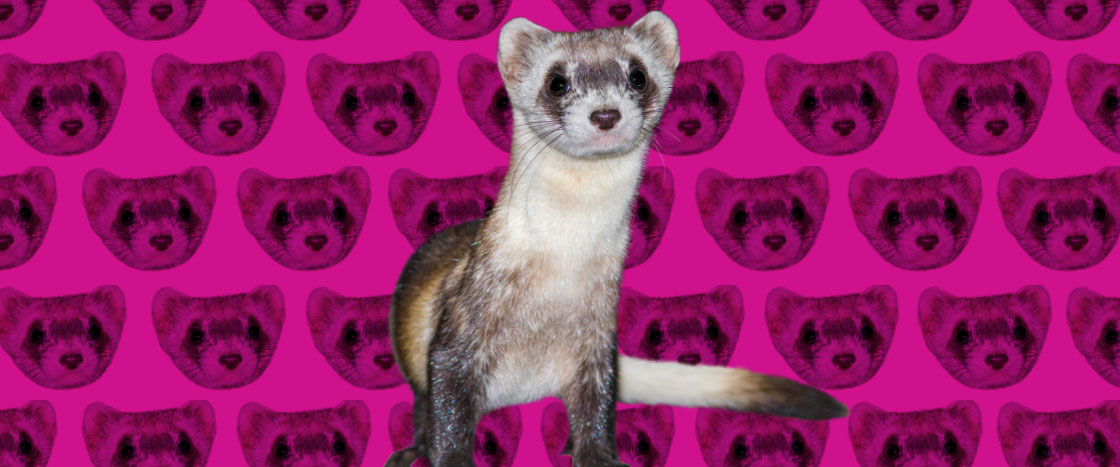The baby girl arrived on December 10, 2020, measuring about the size of a pinkie finger. Elizabeth Ann was picture-perfect—from her adorable speck of a nose to her wiggly tail.
Photos of the newborn splashed across social media. “Welcome to the world!” cooed commenters. “She is so cute!” Others had a different take: “Messing with mother nature [is] not good,” wrote one person.
Why the controversy?
Elizabeth Ann is a black-footed ferret (BFF)—a species that is endangered. She is also a clone. She is a copy of another BFF that died more than 30 years ago.
Sounds amazing, right? It’s not so simple. There are big questions about cloning animals—about whether it’s right and whether it makes sense. Some are asking: Just because we can clone, does that mean we should ?

